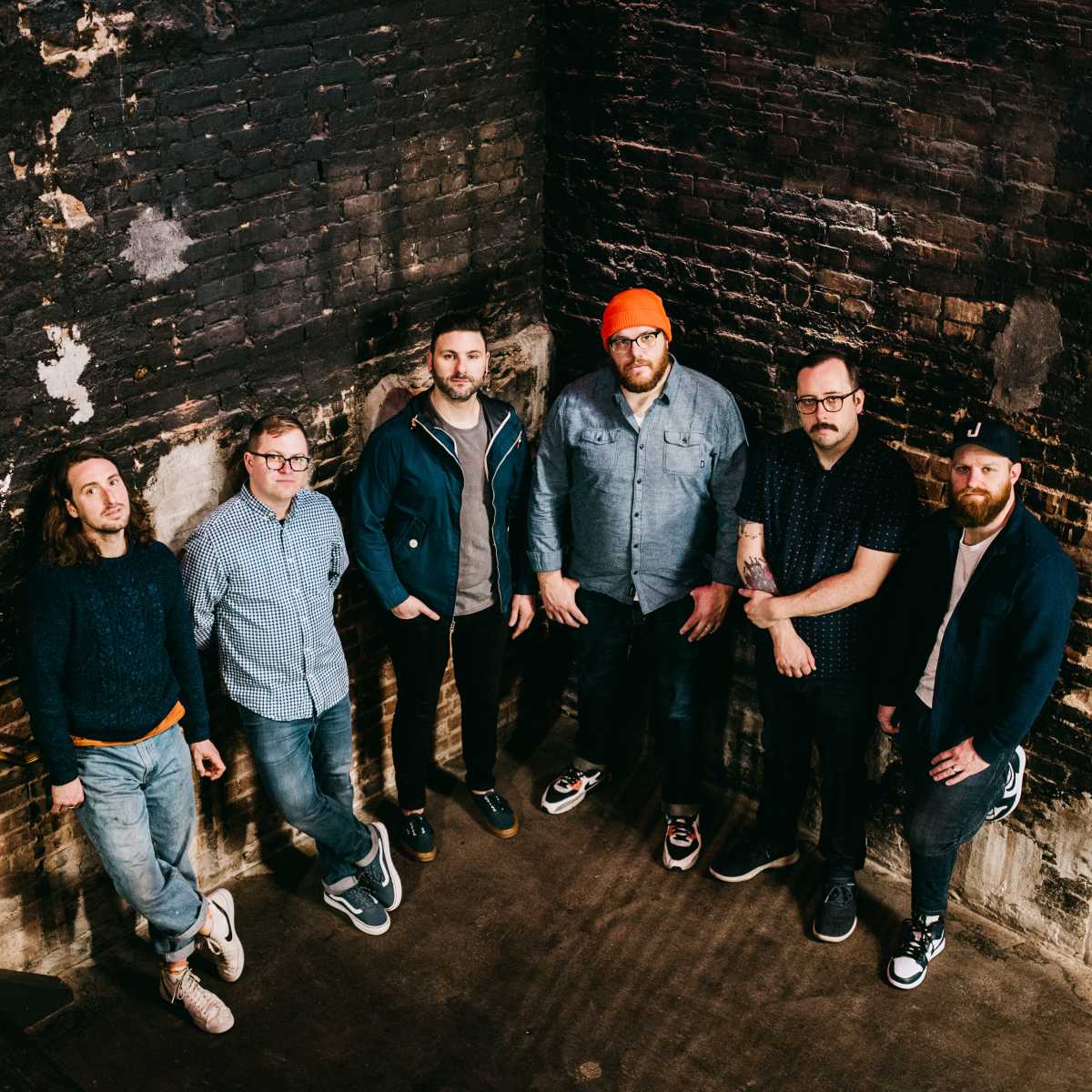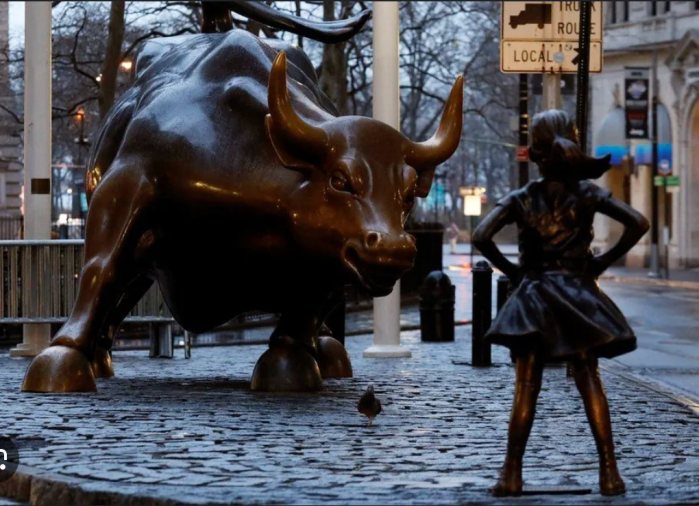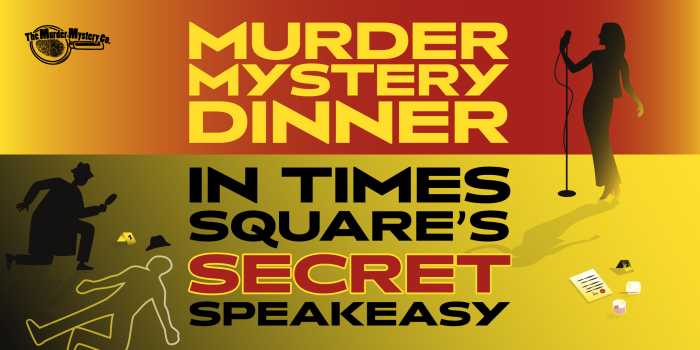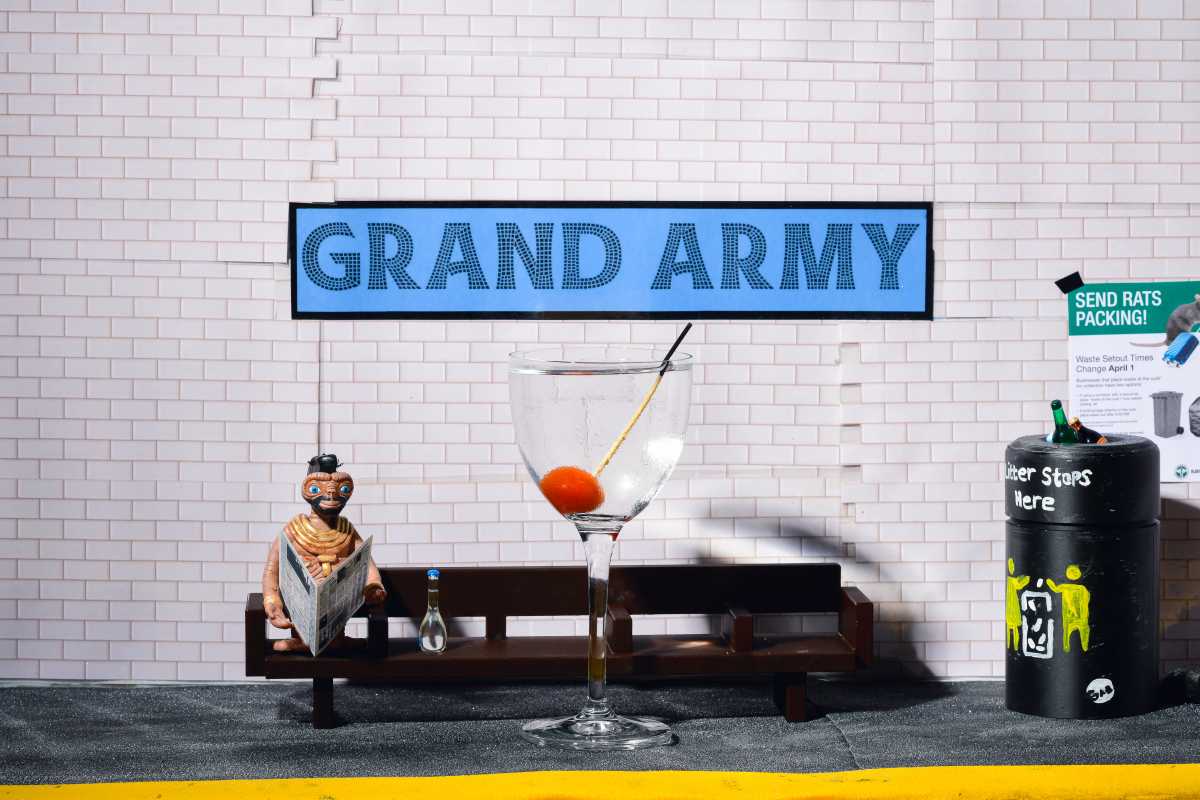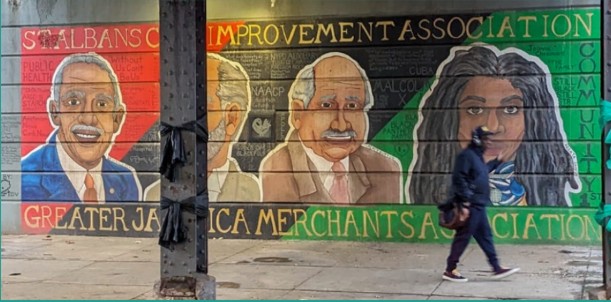
"Godfathers of Hardcore" chronicles a collective of musicians, who exist as the living embodiment of a movement — and a changed New York.
The film, available for streaming on Showtime, tells the story of Agnostic Front, which helped define the NYC hardcore scene in the ’80s. But while the dilapidated Lower East Side the band called home may only exist as a memory, Agnostic Front is still a thriving recording and touring act.
By chronicling the history of the iconic group through the voices of its founders — vocalist Roger Miret, 54, and guitarist Vinnie Stigma, 63 — director Ian McFarland captures the influential nature of his personal punk rock heroes.
“I saw something there. I always knew there was a really interesting story of Roger and Vinnie and their dynamic,” McFarland says. “They were there when the New York hardcore scene was very, very, very small.”
The five-piece hardcore band, which featured heavy guitars, shouted vocals and exuberant energy, spouted lyrics encompassing the crime, gang and drug scene of the early ’80s in the Lower East Side neighborhood that Miret and Stigma called home.
“We sound the way we sound because we are a product of New York,” Miret says in the film. “If we were from anywhere else … I don’t think we would’ve had that edge. The element of danger created something great.”
After touring with Agnostic Front in the ’90s with his own band, McFarland knew he had to document the story of the iconic group.
“It is such an important story about mortality about following your heart, doing what you love … and just trying to do something with your life,” says McFarland, “and then not stopping at any cost.”
McFarland and his crew flew to Miret’s home in Phoenix, Arizona, in February 2015 to capture the daily happenings of Miret family life from breakfast to bedtime. Throughout the course of 2015 and 2016, McFarland and his team filmed the lives of Miret and Stigma, who remains in his childhood apartment in Manhattan.
Stigma takes viewers through the LES he’s seen drastically change within the past six decades. He wanders sidewalks where he’d play childhood games and sits on the roof of the apartment building where he used to take care of his grandfather’s pigeon coop — which is gone now, he says, blaming former Mayor Rudy Giuliani.
"You used to be able to see all the way to Chinatown, now there’s … trees in the way," he says. "They all live here now. Patrick Stewart lives here, Moby lives over there," Stigma says, pointing from his rooftop. "David Bowie live[d] over there, but I’ve lived right there all my life. They wanna live near me I guess. Eh, it’s not a bad place to live now, good people, you know."
After getting a promotional trailer of the project up on Kickstarter, McFarland followed the band for two and a half weeks on a European trip and a week and a half in the U.S. By the time the crew wrapped, the band members were used to wiring themselves up and even using the director’s clapboard.
However, filming wasn’t all fun and games for McFarland, who says he feared for Miret’s safety at times — especially during the band’s high intensity live shows — due to the vocalist’s underlying heart condition. The film documents doctors’ visits, where it’s revealed Miret received a pacemaker.
“There was a reason why I was pushing so hard to get this film done. I was really worried that something was going to happen to him while we were filming,” says McFarland. “I can’t tell you how many hours of sleep I lost, how many nights just pacing around my house trying to just speed up, [asking] what can I do to get this thing done faster.”
The film wrapped without incident, going on to win festival awards, including best documentary feature at the Independent Film Festival of Boston, and being named the official film of 2018 Record Day. However, the praise hasn’t been limited to just the critics.
“There was a guy in Berlin the other night, and I was In the lobby," McFarland recalls. "In the middle of the film, he wanted to corner me and he came up and he just was crying … he said the hardcore scene was very personal to him and a lot of things happened in his life that he just had to move on. He said, ‘thank you so much for making me feel that I made the right decisions in my life about being part of this music.’”
Streaming: "Godfathers of Hardcore" is now available on Showtime.




